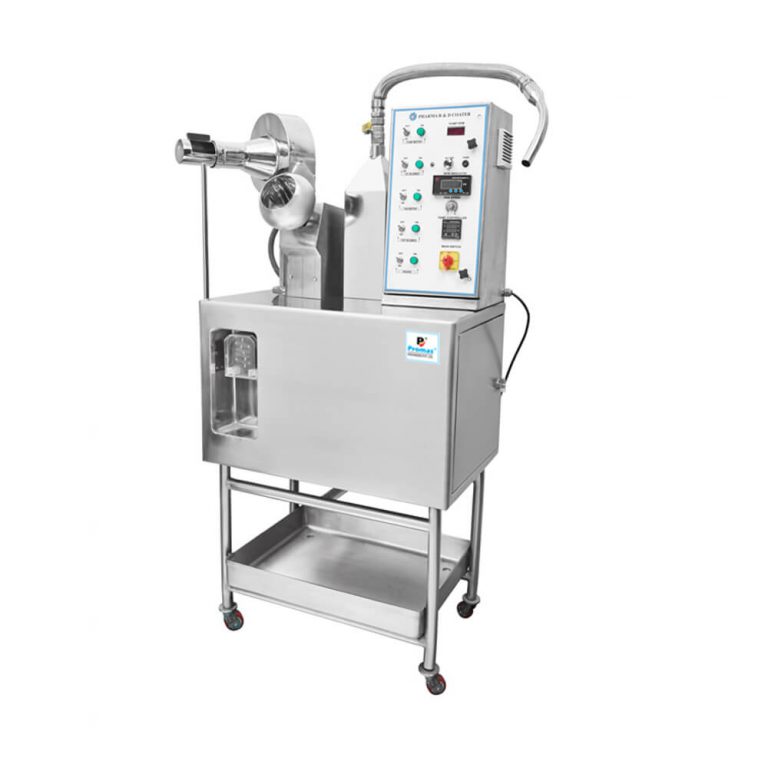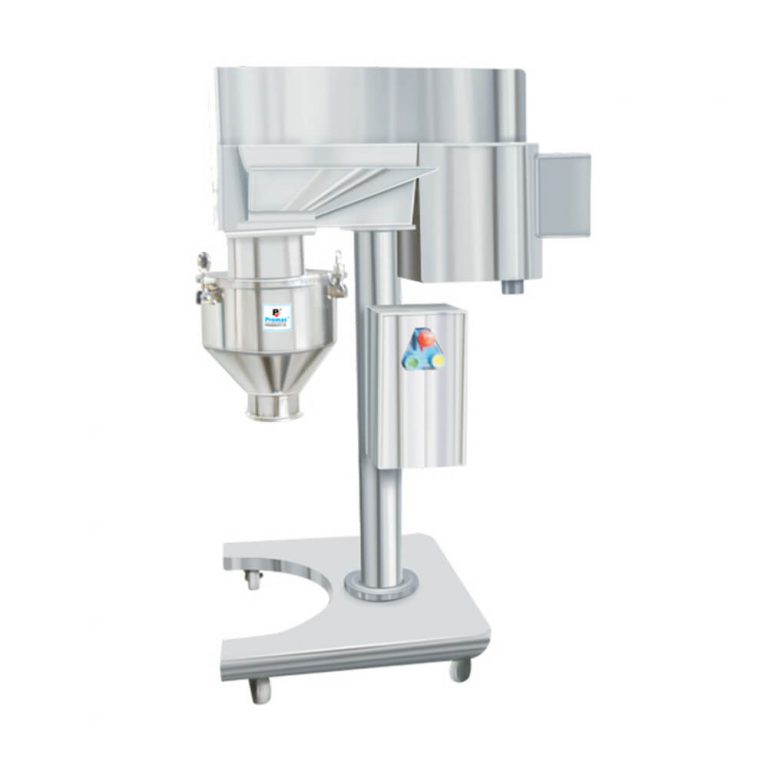Micronization is the technique of reducing the particle size of bulk material to the micron or submicron level. Dry powder milling techniques and their usefulness for micronization are discussed, with a focus on the pharmaceutical business and pharma machinery. Here we compare mechanical, ball, and jet mills.
Various types of mills have advantages or disadvantages in looking to take the material to the level of microns and submicron:
Ball Mills
Ball mills are the simplest and most visible micronization method and considered pharmaceutical machinery. It is a micronization method for improving medication solubility. Ball mills agitate material in a vessel using steel or ceramic balls or other media to micronize it. Aside from its comminution function, ball milling can also be used to produce co-ground pharmaceutical-excipient mixes by combining amorphous drug forms with appropriate hydrophilic excipients at the molecular level. Milling is usually a function of mill residence time, however, ball mills are particularly sensitive to residence duration and can result in lengthy batch procedures. Ball mills with a classifier can create a finely sized output, but the PSD is typically fairly wide. The amount of fines is frequently too high by the time this type of mill achieves the desired average particle size. Ball mills can be lined with ceramics to decrease contamination from abrasive materials, however, mill media wear is continual, which can contaminate a product as well.
Jet Mills
Jet mills can reduce materials to single-digit micron particle sizes in a single pass, boosting yield and lowering operating costs. The mill injects high-velocity compressed air into a chamber where the starting raw materials are added via a rate-controlled feeder in this micronization procedure. When the particles reach the airstream, they accelerate and collide at high speeds with one another and the milling chamber’s walls. Impact and attrition combine to reduce particle size. Collisions between fast-moving particles and the milling chamber’s wall cause impacts. Attrition happens when particles collide quickly, causing a shear force that might break up the particles.
A pharmaceutical manufacturer can use a jet mill to grind a friable or crystalline material to an average particle size of 1 to 10 microns while also classifying it in a very narrow particle size range. There are no moving parts to wear out or generate heat in the mill, and there are no screens to clog or puncture. Because of the cooling effect of the jets, jet mills also produce no attritional heat.
Mechanical Mills
A high-speed mechanical mill equipment wear and material contamination, as well as attritional heat, are major issues. Contamination is a problem in almost every product application, but it’s especially bad in pharmaceutical manufacturing. Ingredients can degrade hammermills, resulting in metallic contamination in the final product. Because hammermills generate heat, which typically reaches temperatures above 90°C (194°F), bulk solids materials that degrade with heat or have low melting temperatures are also a concern. Materials with lower melting temperatures or that are susceptible to heat degradation, such as active medicinal compounds and pharmaceutical excipients, are generally used.
Size reduction is a crucial stage in pharmaceutical manufacturing because it allows for easier handling, increases the surface to volume ratio, and separates absorbed components. There are renowned pharmaceutical machinery manufacturer’s in India who supplies various mills.




